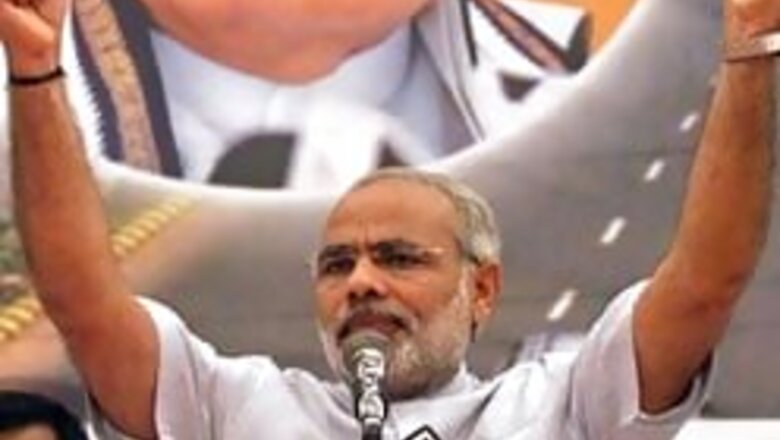
views
Ahmedabad: From selling tea at an obscure railway station to becoming the longest-serving Chief Minister of Gujarat and the poster-boy of BJP's strident Hindutva ideology, Narendra Damodardas Modi has proved to be an astute strategist.
The 57-year-old former RSS pracharak retained the reins of Gujarat as Chief Minister overcoming anti-incumbency, a united opposition onslaught and rebellion against his leadership from within BJP.
What distinguishes Modi from others is his art to exploit the situations, be it the devastation that came in the form of the earthquake of 2001 and the Godhra carnage a year later.
A radical brand of Hindutva has always been at the core of political discourse and he returned to it at the first opportunity. This was evident in recent Gujarat poll campaign, which he had begun by dwelling on issues of development and then switched to Hindutva, fired by Congress chief Sonia Gandhi's "merchant of death" remarks.
Over the last six years, he emerged as the most charismatic BJP leader in Gujarat who could sway the crowd through his championing the aggressive Hindutva.
Controversies and criticisms like the post-Godhra riots and the fake encounter killing of Sheikh Sohrabuddin could do little to deflect Modi from strident ideological moorings.
Born in a Ghanchi community, which belongs to Other Backward Castes (OBC) family on September 17, 1950, Modi completed his schooling in Vadnagar and did his masters degree in political science from Gujarat University in 1980s while being a RSS pracharak.
Modi's leadership qualities showed in the early days of his student life when he became the student leader of Akhil Bharatiya Vidhyarthi Parishad.
Modi entered politics in 1987 by joining BJP. Within a year, he was elevated to the level of General Secretary of Gujarat unit of the party.
However, after the split in BJP in Gujarat effected by its senior leader Shankarsinh Vaghela that saw the saffron party losing power, Modi was moved to Delhi in 1995 and was made the national secretary of the party in-charge of five major states.
Modi, however, was sent back to Gujarat by BJP when the state was despondent after the massive quake and the then Chief Minister Keshubhai Patel faced criticism from many quarters for his government's performance.
As he assumed Chief Ministership replacing Patel on October 6, 2001, Modi had little idea that he was set to a play long innings at the helm of affairs in the state.
He had said that he had come to play a "one day match" in Gujarat. But the attack on Sabarmati Express on February 27, 2002 and the subsequent communal riots changed everything and ensured he became the longest-serving Chief Minister of Gujarat.
Despite coming under fire from almost all quarters for handling of post-Godhra riots, Modi used it to his electoral advantage by taking out ‘Gaurav Yatra’ and helping BJP to post a landslide victory in state assembly elections held in December 2002.
Modi was sworn in as the Chief minister for the second term on December 22, 2002 after which he tried to do a makeover to his "Hindutva" image by projecting himself as a development-oriented person.
His last five-year tenure will largely be remembered for his attempt to attract industries and investments into Gujarat by organising investment summits under the banner of “Vibrant Gujarat”.













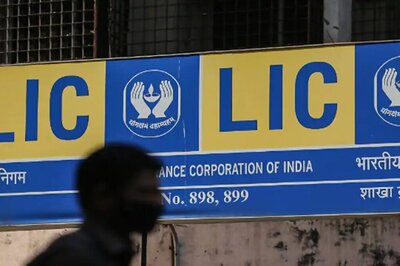

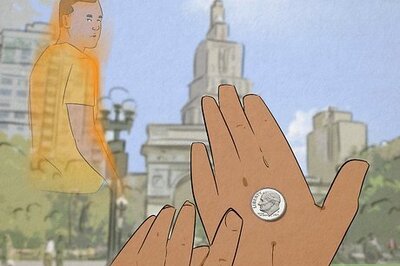
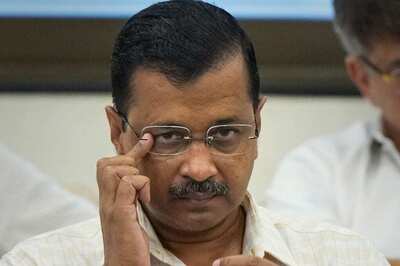
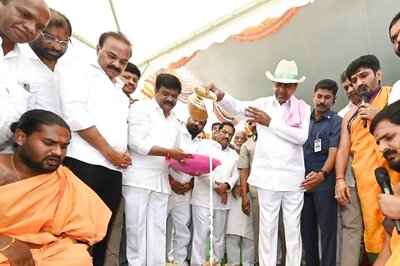
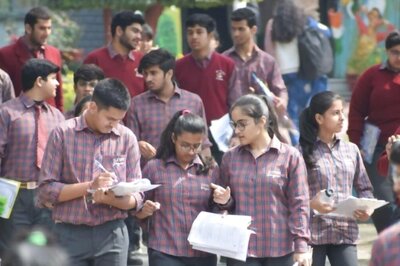
Comments
0 comment